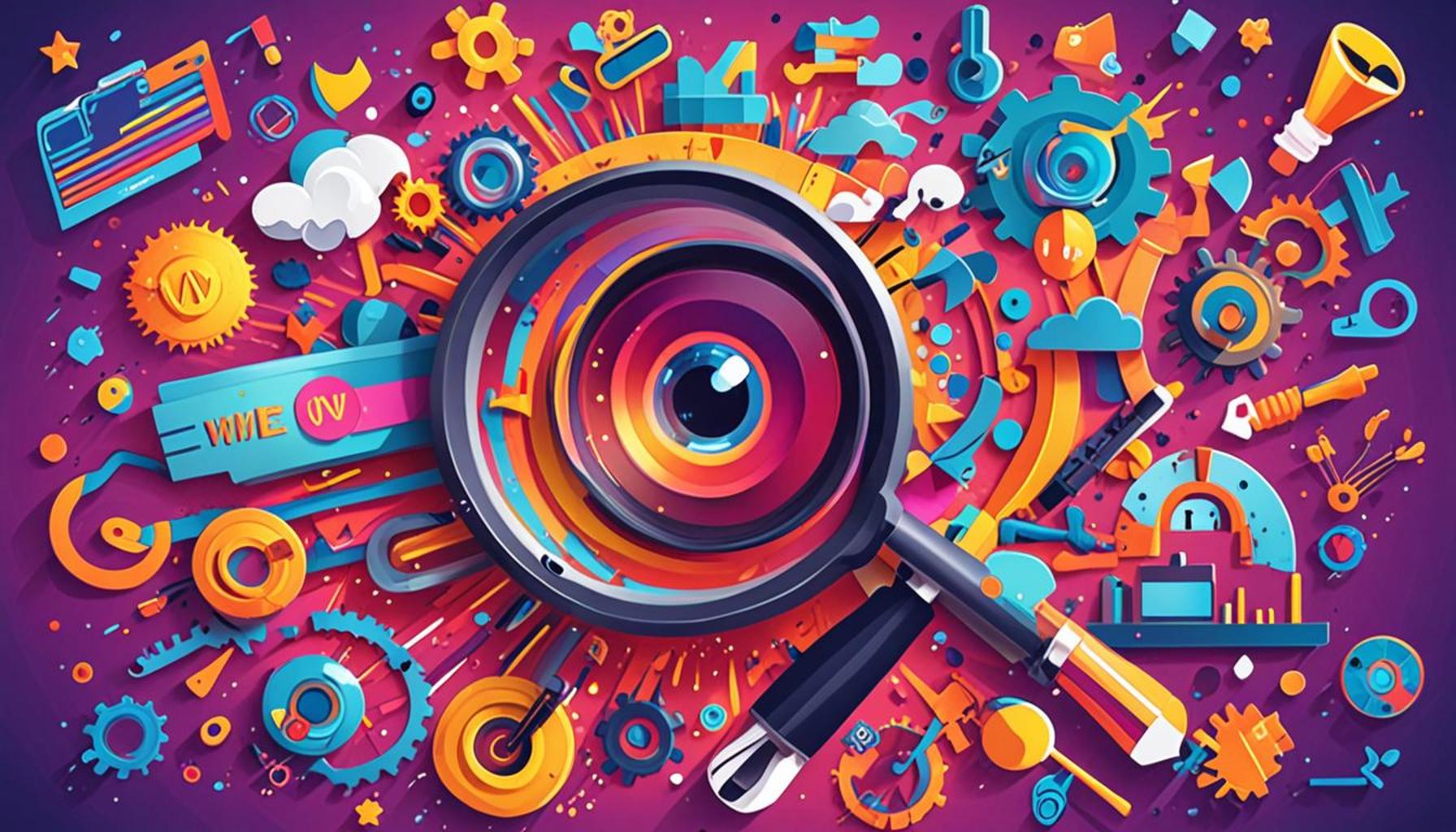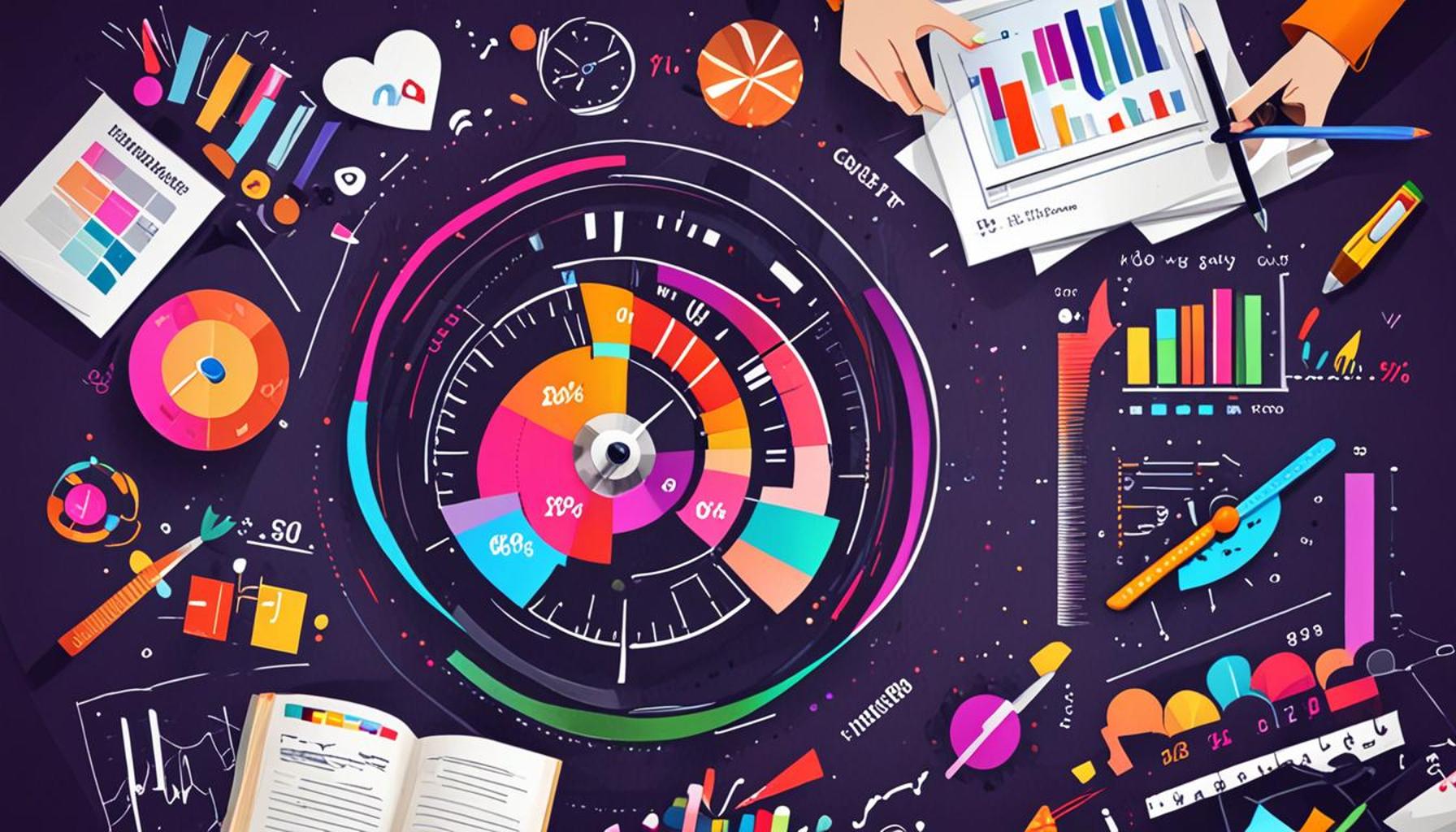Developing personas for more effective communication about public benefits

Understanding Your Audience Through Personas
In a world overflowing with information, effective communication is crucial for conveying the significance of public benefits. Developing personas helps craft messages that resonate more profoundly with diverse community segments. By identifying specific characteristics, preferences, and needs, we can foster meaningful engagement, ensuring that various groups understand the resources available to them.
- Enhancing Clarity: Personas simplify complex information, making it more relatable. When public benefits programs, like Medicaid or the Supplemental Nutrition Assistance Program (SNAP), are discussed through the lens of a persona, the information becomes tangible. For instance, a persona depicting a single mother struggling to balance work and childcare can illustrate the need for flexible application processes and resources that fit her busy life.
- Targeted Messaging: Tailored content can address the unique challenges of different audience segments. By understanding a persona that represents elderly citizens, whom may prioritize straightforward communication about Social Security, we can choose simpler language and focus on the ease of accessing these benefits, rather than relying on jargon that may alienate them.
- Building Trust: Empathy-driven communication establishes stronger connections and credibility. Engaging with community members through their personas fosters trust. When people feel that their specific situations are acknowledged through tailored messages, they are more likely to reach out for assistance or engage with the programs available to them.
For instance, consider a persona representing low-income families who may prioritize immediate accessibility to benefits. They are likely to need clear instructions on how to apply for public assistance and information tailored to their urgency. On the other hand, a persona focusing on the elderly population might emphasize security, reliability, and the necessity for easy navigability in services provided, such as transportation options for medical appointments.
Furthermore, the importance of analytics cannot be overstated; data-driven insights can reveal trends that inform how personas evolve over time. By analyzing demographic data, feedback, and engagement metrics, organizations can refine their approach, ensuring that outreach strategies remain relevant and effective. For example, tracking shifts in income levels within a specific community can prompt programs to adjust eligibility criteria or communication methods to better serve changing needs.
As we delve into the importance of developing personas for public benefits communication, we will uncover strategies that not only enhance understanding but also empower communities to take full advantage of available resources. Using personas helps organizations adapt to their audiences dynamically, making it easier for them to comprehend what’s at stake and how to proceed. This not only enriches individual lives but strengthens the societal fabric as well, creating a more informed and engaged citizenry.
RECOMMENDED: Check out this similar article
Crafting Personas: The Key to Effective Communication
Creating effective communication strategies surrounding public benefits starts with an understanding of the audience. The development of personas serves as a powerful tool for translating complex information into relatable and actionable messages. By sculpting personas that encapsulate various segments of the community, organizations can create tailored outreach efforts that resonate on a personal level.
One of the core advantages of utilizing personas is the ability to highlight specific needs and pain points within different demographics. For instance, a persona representing a young college student navigating financial instability might disclose a need for streamlined access to the Pell Grant application process or clarity on how to retain benefits while managing part-time work. By focusing on this individual’s experience, outreach programs can design workshops that address those very concerns, ultimately paving a pathway for greater access to educational funding.
Additionally, when developing personas, it is vital to consider the cultural and socio-economic backgrounds of the target audience. This attention to diversity not only enriches communication strategies but also enhances the inclusivity of the benefits being discussed. For example, low-income families in urban settings may require bilingual resources that transcend language barriers. In contrast, rural counterparts may need information presented via mobile-friendly formats to meet their reliance on smartphones. These distinctions ensure that the communication is accessible, inviting engagement from all corners of the community.
- Increased Engagement: Understanding how different personas prefer to engage with information can significantly influence the format of communication. Visual aids, videos, and infographics may capture the attention of younger audiences, while traditional pamphlets and community meetings might resonate more with older generations.
- Addressing Misconceptions: Many communities harbor misconceptions regarding public benefits. By tailoring messages for each persona, organizations can directly target these inaccuracies, providing clear, precise information that counteracts myths surrounding the application process or eligibility criteria.
- Fostering Community Connections: When outreach efforts reflect an understanding of the communities they aim to serve, they cultivate trust and foster relationships. Those who receive targeted messages are more likely to view institutions as allies rather than distant entities.
The data-driven aspect of persona development cannot be overlooked. Insights derived from public records, surveys, and community feedback can breathe life into these fictional characters, ensuring they reflect the true nature of the audience. This ongoing process of refinement allows for the personas to grow and adapt as community needs evolve, thereby enhancing the effectiveness of communication strategies over time.
As we explore deeper into persona development, it becomes evident that this approach extends beyond mere identification of needs; it transforms communication about public benefits into a relatable dialogue. By establishing a profound connection between the benefits available and the individuals who most need them, organizations can empower communities to engage meaningfully with the resources at their disposal. It’s this alignment of message and audience that ultimately strengthens not only individual lives but also the community as a whole.
| Advantage | Description |
|---|---|
| Enhanced Engagement | By tailoring communication to specific personas, stakeholders are more likely to connect emotionally and intellectually, increasing interest and participation. |
| Targeted Messaging | Creating detailed personas allows for the development of specific messages that resonate with different audience segments, thus improving the clarity and impact of public benefit communications. |
In the intricate landscape of public benefits, the development of personas emerges as an invaluable strategy. Enhanced Engagement is a prime advantage, inviting stakeholders to connect on a deeper level. This emotional and intellectual connection not only fosters understanding but also stimulates increased participation in public initiatives, a crucial element in the success of any outreach effort.Moreover, Targeted Messaging is pivotal in shaping how information is relayed. By understanding the unique characteristics and needs of various audience segments, communicators can craft messages that resonate powerfully. This tailored approach ensures that the communication is not just heard, but felt, effectively driving home the vital importance of public benefits and urging the audience to take action.With these advantages laid out, how do you envision enhancing your own communication strategies through persona development? Exploring these tactical shifts promises exciting results as you engage with the community.
CHECK OUT: Click here to explore more
Utilizing Personas for Targeted Outreach Strategies
In the quest for effective communication about public benefits, integrating personas into outreach strategies can amplify the resonance of messaging and broaden the impact on diverse populations. The art of persona development transcends simple demographic profiling; it is a meticulous process aimed at constructing relatable narratives that illuminate the everyday struggles and triumphs of individuals within various communities.
A critical component of this approach involves the incorporation of storytelling. By weaving the narratives of personas into communication strategies, organizations can create relatable scenarios that trigger emotional responses and foster understanding. For example, a persona representing a single mother working multiple jobs might illustrate the complexity of balancing work and family life while trying to access child care assistance. Sharing this story through newsletters, social media campaigns, or community events allows the audience to connect on a personal level, making public benefits feel more accessible and relevant to their lives.
Moreover, it’s essential to tap into the channels most frequented by these personas. Research indicates that a significant portion of the population, particularly Millennials and Generation Z, primarily utilize social media platforms for information. Tailoring content specifically for these channels—such as Instagram stories or TikTok videos—can ensure that the messages regarding public benefits reach those most in need. Additionally, older demographics may still favor more traditional outreach methods, such as town hall meetings or local radio broadcasts. Recognizing and adapting to these preferences is crucial for maximizing outreach effectiveness.
- Personalization: Tailoring communication using personas enables organizations to craft messages that address individual circumstances and concerns. Personalized communication has been shown to increase engagement rates, as recipients feel that their unique situations are being acknowledged and understood.
- Feedback Loops: Engaging with the community through surveys and feedback from those who fit the personas can further enrich outreach efforts. Feedback helps in refining messaging strategies, ensuring that the personas remain accurate reflections of the community’s needs and that the information conveyed is both current and applicable.
- Informed Resource Allocation: Understanding various personas guides organizations in allocating resources effectively. For instance, if a persona highlights a need for advocacy related to housing benefits among veterans, outreach efforts can be appropriately directed to ensure that veterans receive the necessary support.
As personas evolve, it is equally important to analyze the metrics associated with outreach strategies. By leveraging analytics from social media engagement, attendance at community events, or responses to surveys, organizations can gauge the effectiveness of their tailored messaging. This ongoing assessment not only reveals which strategies are successful but also identifies areas needing improvement, creating a dynamic cycle of adaptation that keeps the dialogue around public benefits relevant and impactful.
To further enhance engagement, utilizing user-generated content and incorporating feedback from real individuals through testimonials can magnify the authenticity of the outreach. This strategy reinforces the message that public benefits are designed to support real people, with real needs, echoing the underlying narratives of the personas.
In employing these varied approaches to persona development and outreach, organizations position themselves as essential resources that significantly improve communication about public benefits. This not only shifts public perception but also bridges the gap between the services available and those who need them most, fostering a culture of awareness and empowerment across communities.
LEARN MORE: This related article may interest you
Conclusion: Bridging the Gap Through Persona Development
The integration of personas into outreach strategies represents a transformative approach to communicating about public benefits. As this article illustrates, understanding the diverse needs and experiences of various community members enables organizations to craft messages that resonate on a personal level. By utilizing storytelling and tailoring content to fit preferred communication channels, outreach becomes not only informative but also engaging and relatable.
An essential aspect of this effort is the commitment to personalization and ongoing engagement through feedback loops. This dynamic exchange fosters a deeper connection between communities and service providers, allowing for continuous refinement of messaging strategies that keep pace with shifting societal needs. By treating individuals as more than mere statistics, organizations can create authentic relationships that bolster the public’s understanding and utilization of available benefits.
The implications of adopting these persona-driven strategies extend beyond mere communication; they stand to reshape public perception of benefits programs as accessible and supportive, rather than intimidating or bureaucratic. Ultimately, this approach cultivates an empowering environment that bridges the gap between available resources and the individuals who need them most.
As we move forward, further exploration into persona methodologies, measurement of outreach effectiveness, and adaptation of communication techniques should remain a priority. By doing so, organizations can ensure that they are not only meeting the current demands but are also anticipating future challenges in public benefits communication. In this evolving landscape, keeping the dialogue alive and relevant is paramount, paving the way for a more informed and connected society.


